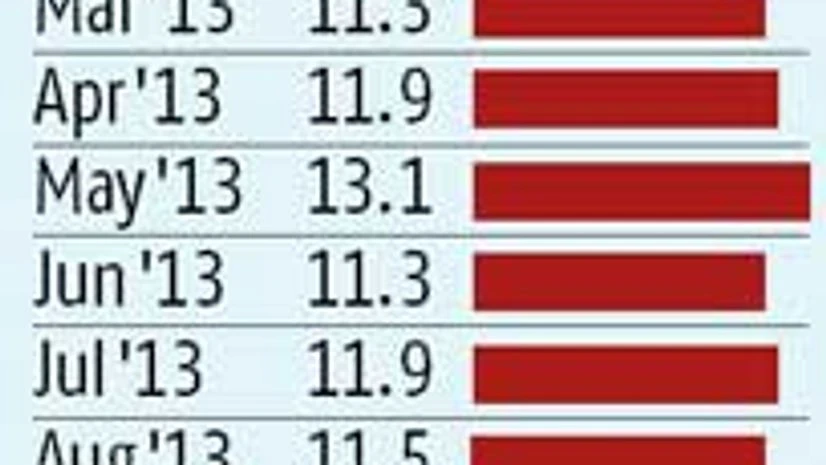For long, the Indian steel sector has used lump iron ore, leaving fines for exports or at mine pitheads. The uniform 30 per cent duty on lump ore and fines, imposed for the ostensible purpose of resource conservation, reduced exports to about 14 million tonnes (mt) in 2013-14 from a record 113 mt in 2009-10.
Traditionally, fines have accounted for about 90 per cent of our ore exports. In a bid to reduce its import dependence on mining majors BHP Billiton, Rio Tinto and Vale, China became our major buyer. But the self-engineered collapse of iron ore exports has brought to the fore the issue of disposal of fines. Fines accumulation in the open leads to pollution, as it upsets mine operation after a point. In the process of extraction of ore, the generation of lump and fines is in the ratio of 40:60. During his term as finance minister, Pranab Mukherjee had taken two important steps to promote the domestic use of powdery ore for pellet production---he allowed duty-free export of pellets on grounds of value addition to ore and second, to create ideal conditions for rapid creation of pellet capacity, he reduced import duty on pellet plant and machinery from 7.5 per cent to 2.5 per cent. Encouraged by the incentives, in the last three years, steelmakers and merchant manufacturers invested about Rs 36,000 crore to raise pellet capacity from 23 mt to 83 mt.
When pellet makers were set to make a breakthrough in exports to China and southeast Asia, the government poured cold water on the initiative by levying an unexpected five per cent export duty. The government, which went back on its commitment in the 2011-12 Budget, has taken much criticism from stranded domestic and foreign investors. KIOCL, a government-owned company trying to build a viable business out of a 3.5-mt pellet plant, has taken a big hit due to the export tax. Ahead of the tax, a steel ministry report said KIOCL was handicapped by the irregular supply of ore fines resulting from mining dislocations in Karnataka and the inadequate local demand for pellets. The only way the company could have kept the capacity utilisation level fairly high was by exporting pellets. But now, export is a difficult proposition.

Essar Steel Vice-Chairman Firdose Vandrevala says the "hastily announced export duty has deepened fears of stable policy among investors". The fact that the government announced the duty at the urging of steelmakers, but without giving pellet producers a chance to be heard, expectedly left them distraught. "Commerce and mines ministries and many MPs have told the finance ministry to roll back the duty. The government will earn very little revenue from this particular tax. But it will drive many merchant pellet units out of business," says an official.
Pellets are an intermediate product for use in sponge iron and steel-making. For ideal blast furnace burden and with the aim to use powdery ore, which keeps accumulating in the absence of exports, our leading steel producers are building fairly large upstream pellet capacity. They aren't hit by export duty because their pellet production is for internal use. Steel Authority of India Ltd Chairman Chandra Shekhar Verma refuses to say "anything for or against pellets export duty. But it is absolutely essential we start using increasingly large quantities of iron ore fines in our steelmaking. This is to be done by growing sinter and pellet capacity.
In our country, we are fast using up good-quality ore with low alumina and silica content. In many old mines and recently opened mines, ore has high gangue content. To remove gangue and raise ore's iron content, the mineral needs beneficiation. Our company is in the process of commissioning nine mt of pellet capacity at steel mills and mine sites, and raising sintering capacity 11 mt to 28 mt".

)
